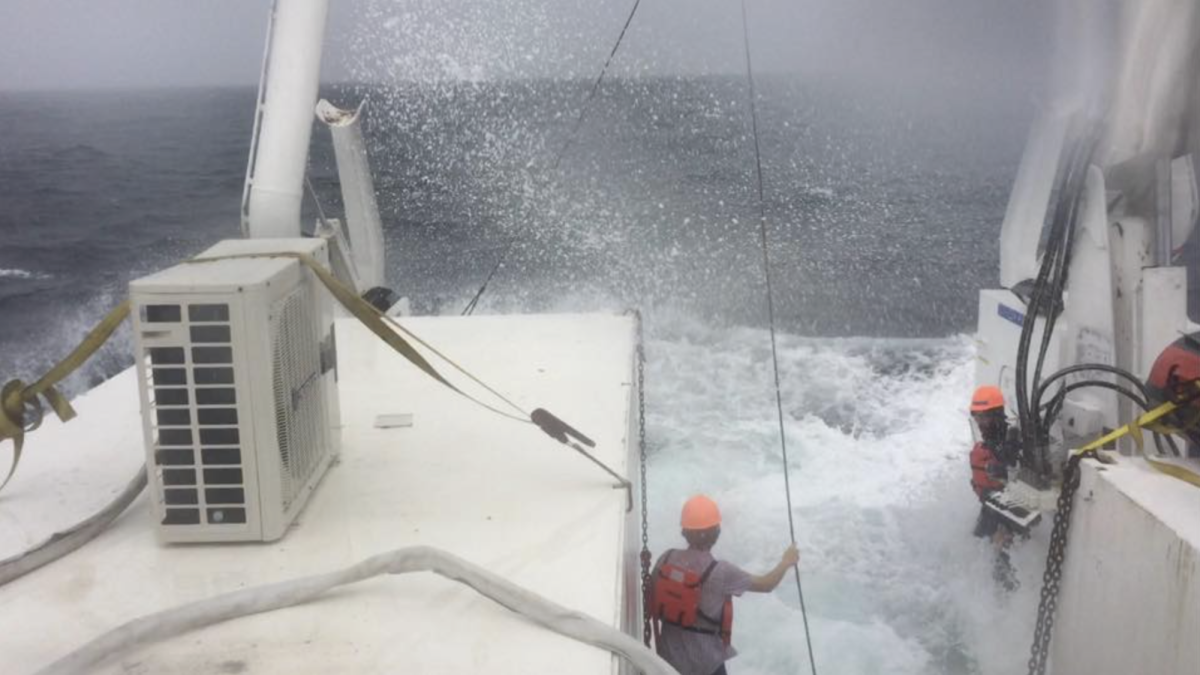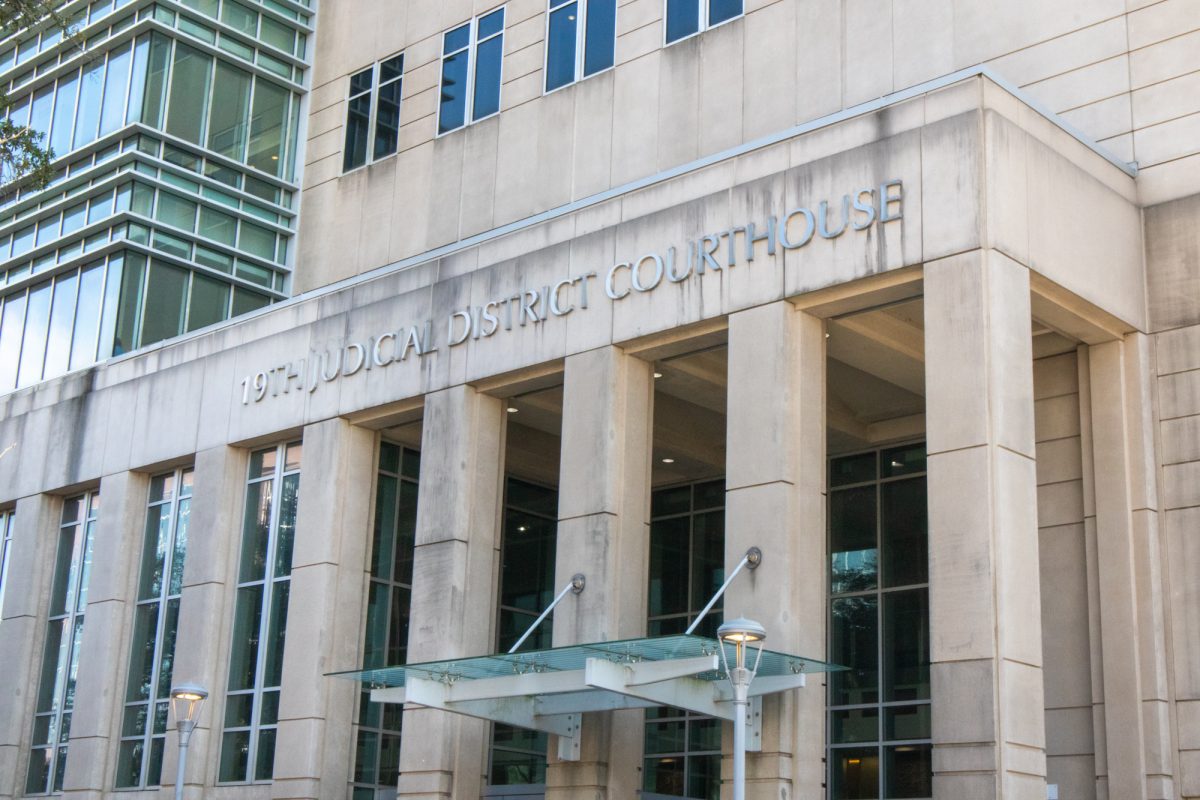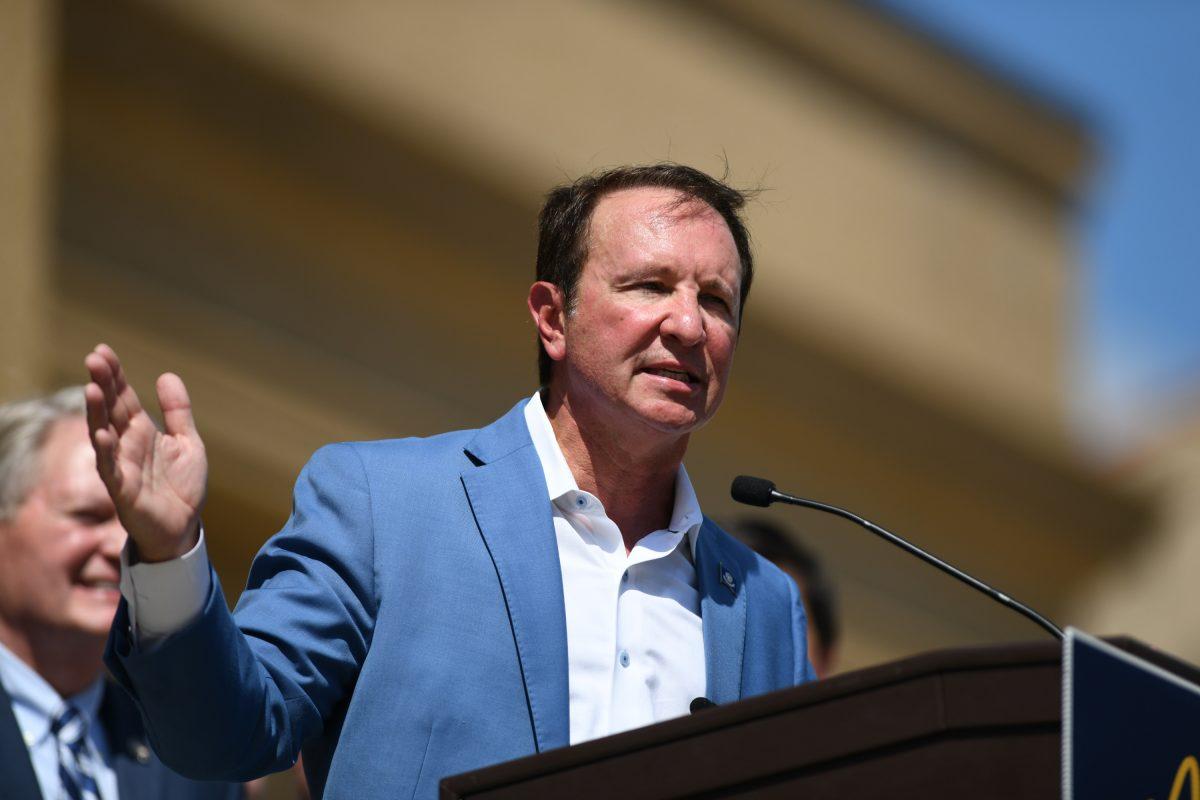Fifty-seven days after the Deepwater Horizon exploded and began spewing millions of gallons of oil into the Gulf of Mexico, federal officials continue pushing BP’s response efforts forward while the president concludes his fourth visit to the region and prepares to address the nation tonight about the catastrophe. “The bottom line is the Feds can’t do this all alone, and they really need universities and the private sector to be involved,” said Chris D’Elia, dean of the School of the Coast and Environment. “A lot more of that could be done right now.”D’Elia, who will testify today before a U.S. Congressional committee about the spill, said he will emphasize to lawmakers the importance of research and science during the response, as there are still many unknown factors affecting the societal well-being of Gulf-Coast residents. “Instead of the blame game that is going on right now and people running to get money, we have to really understand things as analytically and scientifically as best we can in order to deal with these realities.” DIRECTION FROM THE TOPPresident Obama visited the Gulf region Monday for the fourth time since the April 20 explosion, and by the end of his visit, the commander-in-chief will have visited each of the four states where oil has reached the shore — Louisiana, Mississippi, Alabama and Florida. Obama will conclude his visit today, when he will return to Washington to deliver an address to the nation about the catastrophe, his first prime-time oval office speech as president. His speech is scheduled for 7 p.m. central time. “People will be looking to [Obama] simply for information — what is the status right now, when do they believe the oil will stop seeping out and what affirmative way will the government oversee the conclusion of this,” said Robert Hogan, an associate professor who teaches American politics. “People want a plan.”Hogan said presidents tend to either rise or fall during the “unexpected events” that arise. Obama’s administration will likely view this incident as somewhat of an opportunity, likely increasing regulation, a “theme invested in his presidency,” of the oil industry, Hogan said. Obama will also meet with BP officials for the first time Wednesday, a meeting Hogan said is “symbolic political feeder.””It’s safe to assume there has already been an enormous amount of contact between the highest levels of government and BP,” Hogan said. Obama will also likely discuss the six-month moratorium on drilling at 33 previously permitted deepwater rigs in the Gulf. Many Louisiana politicians, including both U.S. Senators, the governor and local representatives on both sides of the aisle, have staunchly opposed suspending drilling operations because of the economic impact. Governor Bobby Jindal wrote a letter June 2 to Obama and U.S. Interior Secretary Ken Salazar urging them to reconsider the moratorium, citing the Louisiana Department of Economic Development’s estimate of a possible loss of 20,000 existing and potential new jobs in the state during the next 12 to 18 months. “We do have safety concerns in the industry, and we need to address them,” D’Elia said. “For Louisiana, addressing them as quickly as possible is economically important.”Hogan said it’s fair to criticize the federal government for giving bailouts to some industries, like the auto and banking sectors, but not to the industries being shut out of business by the spill. The problem, Hogan said, is the backlash nationally against bailouts, which after the past year “are about as toxic as the oil pouring from the Gulf of Mexico.”The U.S. Minerals Management Service and U.S. Geological Survey have struggled to pinpoint an accurate amount of oil flowing from the sea floor. The official estimate was nearly doubled last week to between 25,000 and 30,000 barrels per day, or bpd, up from the 12,000 to 19,000 bpd estimate given nearly two weeks prior. According to the USGS, the Flow Rate Technical Group, which is being led by USGS Director Marcia McNutt, will “soon have an assessment of much oil has been flowing from BP’s well since the riser was cut one June 3,” which some experts worry could be greater than even liberal estimates of the flow rate.BP officials say the corporation has spent nearly $1.6 billion in response as of June 14. Drilling on both relief wells continues, and the containment efforts are collecting about 15,000 bpd of oil coming from the leak. COACHING THE RESPONSEHead football coach Les Miles visited the Louisiana coast Friday with Jindal to give support and encouragement to those involved in the response and those affected by the spill, according to a news release.Miles and Jindal visited Pelican and Scofield Islands in Plaquemines Parish, where sand berms are being built to protect the wetlands. Miles also visited a bird rescue center and watched oil-covered pelicans being cleaned. “There is a lot of important work being done, and it’s going to take time and vision,” Miles said in the statement. “For people that fish in this community and for the people that work in the petroleum industry, this is important work, and I thank you for allowing me to be a part, and we support you.”
– – – -Contact Nicholas Persac at [email protected]
Obama to address nation about oil spill tonight
June 13, 2010






